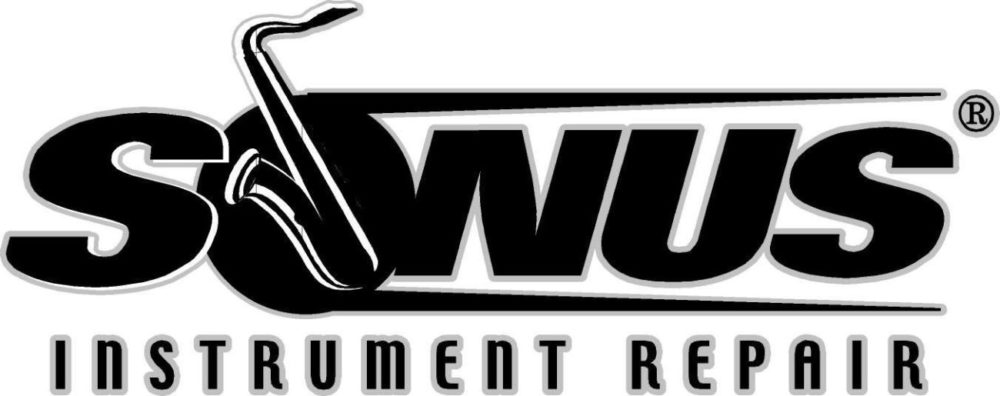Woodwind Mouthpieces
Plastic – inexpensive, non-durable
Composition – some mixture of plastics, hard rubber, other materials a little more costly and generally better designs
Hard Rubber – more expensive, dimensions more stable; better quality and more variety of facings
Metal – usually saxes only, although some manufacturers have tried clarinet versions. Much more costly; tend to be favored by jazz players. Look for models which play the ENTIRE range of the instrument easily.
I test all woodwinds with my mouthpieces and reed combination and the instrument
sings! Then the customer tries his/her set-up and the sound is dull or choked.
Even if a student is using a school-owned instrument, he/she should invest in his/her OWN mouthpiece…and not the least expensive one out there.
Mouthpiece ComparisonCharts
These are available in books, catalogs and online. For the most part, the comparisons are only for tip openings. Of course there are numerous other dimensions which comprise a quality
woodwind mouthpiece.
REEDS
The reed comparison charts wort about the same as the mouthpiece charts in that only one aspect of the reed is compared. Keep in mind that Vandoren alone ofer numerous “styles” of reeds!
Enter the category of synthetic reeds! IMHO marching band is the best place to use them, although some newer brands offer decent concert tone quality. Most, if not all, are not “adjustable” by scraping, clipping, etc.
Rico Plasticover: actually a cane reed with a plastic coating. They are among the least expensive.
Initially used by some players who experienced a reaction to natural cane.
Legere: a proprietary blend of plastics. They offer a number of cuts and strengths. Some of their models have relatively thin tips. The company seems to always be in the research & development mode.
Fibracell Premium: seems to be the closest to the “feel” or texture of cane. Some players complain of a ‘buzz” or edge to their tone.
Forestone: a product from Japan. These are a unique blend of natural fibers and a plastic material. Once again, the tips seem a bit thin.
Bari Reeds: there 2 “models” from which to choose. One is a clear plastic, the other bronze colored.
Hartman Carbon Fiber: again, several different styles for different playing needs. They have a very unique “look” and very sharp edges.
BRAVO: the newest entry in this category. All are solid black in color and come in standard “graded” strengths. IMHO these have the closest to the tonal quality of cane. The company continues to add reeds for most all single reed instruments.
